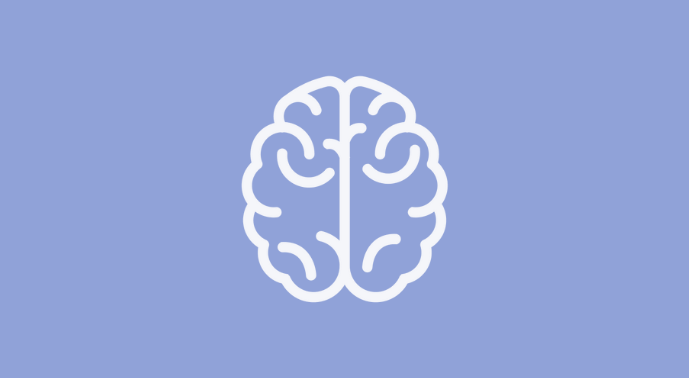We all face difficult decisions and problems in our daily lives. Some problems are fairly minor and easy to solve, while others may require significant effort and time to work through and resolve. Problem-solving is a skill you can develop. Whether the problem is small, medium, or large, it helps to have a basic plan for getting things done and deciding on a plan of action.
Effect on your health
How it's effect your body and health ?
Problems that don’t go away can take a toll on our well-being. Left unsolved, a small problem can become a big problem. We end up feeling frustrated, stressed, or maybe even depressed and hopeless. Problem-solving helps you deal more effectively with stressors in your life.
1. Define the problem
The first step to solving a problem is to identify what the problem is. So how do we know if there is a problem and how do we identify the problem?
Pay attention to your feelings
Negative feelings often point to problems. When you pay attention to these feelings, you often recognize the problems sooner. For example, feeling angry whenever you talk to your boss may be a sign that there is a problem at work.
Look for opportunities
Don’t focus on the negative parts of the situation. Look for any opportunities or challenges instead. If a problem seems less scary, you’re more likely to try to solve it. For example, you might look at the problem with your boss as a chance to improve your working environment.
Be as specific as possible
If your definition of the problem is vague, it’s hard to know where your solution should start. For example, it might be hard to even start problem-solving if you say, “I hate my home!” A more precise definition might be, “My commute is too long and I always come home stressed out and exhausted.”
Don’t be too narrow
When you define problems too narrowly, it is more difficult to find solutions. For example, you want to travel this summer, but you don’t have a car. A narrow definition is, “How can I get enough money to buy a car in a month?” it could be. A better definition is, “How can I travel within my budget this summer?” it could be.
2. List all the possible solutions
Once you’ve identified what the real problem is, it’s time to think of solutions. Brainstorming as many solutions as possible will help you arrive at the best answer because you will consider all possible options and scenarios.
While brainstorming, try not to get caught up in finding the ‘right’ solution. This is not the time to decide whether your solutions are good or not. If you include some wild ones, you’re more likely to think of new solutions.
3. Evaluate the options
Review each option you have listed and consider its potential benefits and consequences. Use these questions as guides to choose the best solution.
- Will this solution help me reach my goals and solve my problem?
- How good or bad will I feel if I choose this solution?
You may come up with solutions that could solve the problem very well. However, if you think that the solution will make you feel terrible, it may not be the best choice at this time.
- How much time and effort does this solution involve?
Solutions that take up too much time and energy may not be the best choice, especially if you can’t realistically carry them out.
- Does this solution have more benefits than costs?
When you look at costs and benefits, it’s a good idea to think about how a solution will affect you and others—both now and in the future. If it will create other problems or stress for you or others, it likely isn’t the best solution.
4. Put it into action
After choosing a solution, you need to make an action plan! After all, if you don’t implement your solution effectively, you’re not solving the problem. Write down the specific steps you will take to realize your solution. If you know exactly what you need to do, you are more likely to take action.
5. Review
It’s always worth your time to review the results. If your problem is self-solving, think about what you learned from the situation. Be sure to reward yourself for a job well done. If your solution doesn’t work, be kind to yourself and reevaluate your plan.



Pingback: Imported Products - Yesil Health